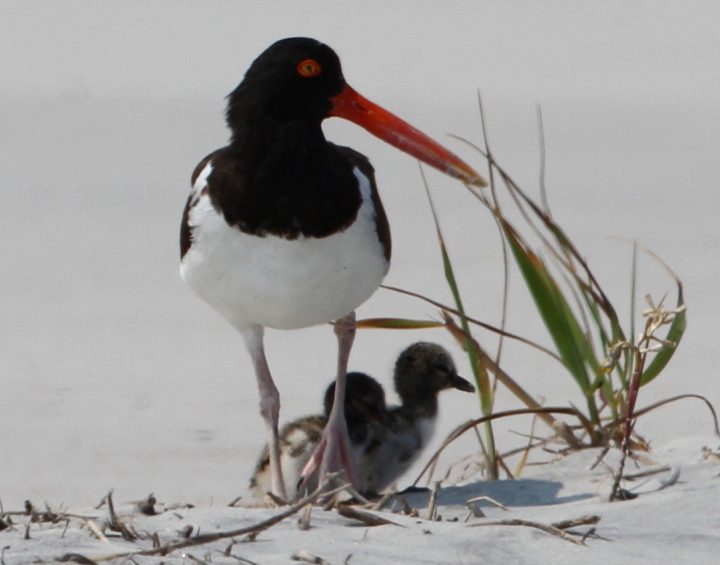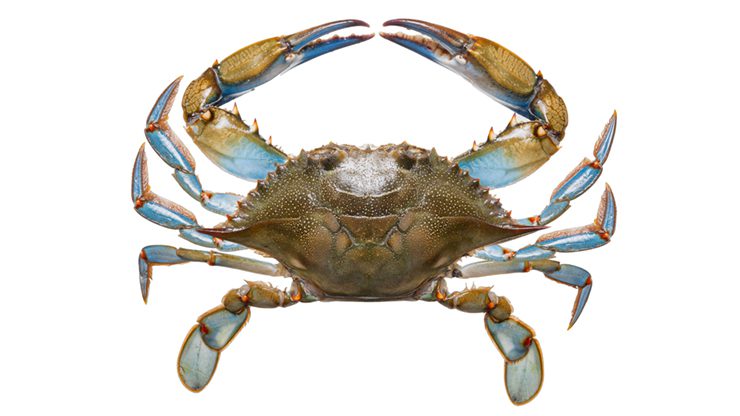
WILMINGTON – The coastal habitats of more than 50,000 nesting birds and their thousands of hatchlings will be managed by Audubon North Carolina, the organization announced Tuesday.
Audubon North Carolina extended funding from The Orton Foundation, an affiliate of Louis Bacon’s Moore Charitable Foundation, to preserve the nesting sites of these birds in the Lower Cape Fear region. The Orton Foundation’s support will help Audubon North Carolina biologists leverage data collected over two decades on critical migration and nesting sites for 20 different species of birds on eight sanctuary islands in Brunswick County.
Supporter Spotlight

“The Lower Cape Fear River, with its high presence of river nesting birds, is part the most significant and largest bird sanctuary complexes along the Atlantic Coast,” said Heather Hahn, Executive Director of Audubon North Carolina. “With The Orton Foundation’s support, we are able to continue to protect nesting birds so they can call this dynamic and beautiful area home for generations to come.”
The Orton Foundation has provided more than $70,000 in grants to Audubon North Carolina. This latest initiative, deepening a 16-year partnership between the organizations, will allow Audubon to manage the eight islands with the goal of increasing nesting pairs and populations.
A coastal biologist and summer intern will lead field trips with volunteer Bird Stewards to monitor the birds. In addition, Audubon North Carolina is developing plans for oyster reefs at six sites along the Brunswick County sanctuaries in an innovative habitat project to slow erosion and offer spring feeding grounds for American Oystercatcher parents and hungry chicks, a release from the organization said.
Birds are essential to the function of healthy ecosystems and drive significant business in tourism and other industries, the release continued. Their protection ensures the integrity of habitat for many others species, including humans, and biological diversity.
“We applaud Audubon North Carolina’s commitment to the iconic Cape Fear River. Their efforts have mapped the trends in population, distribution, and habitat use necessary to establish effective management decisions,” Ann Colley, executive director and vice president of The Moore Charitable Foundation and its affiliates, said in a statemnt. “Further applying 20 years of research to bolster critical knowledge of the area will ensure it remains a highly desirable location for many bird species. That’s good for wildlife, the river, and coastal tourism and recreation.”
Supporter Spotlight
To help local communities understand the importance of keeping a safe distance from nesting bird colonies, Audubon North Carolina is developing a public awareness campaign for release in spring 2018. This multimedia campaign will bring coastal habitats to life through video and will encourage citizens to share the rivers with birds.







